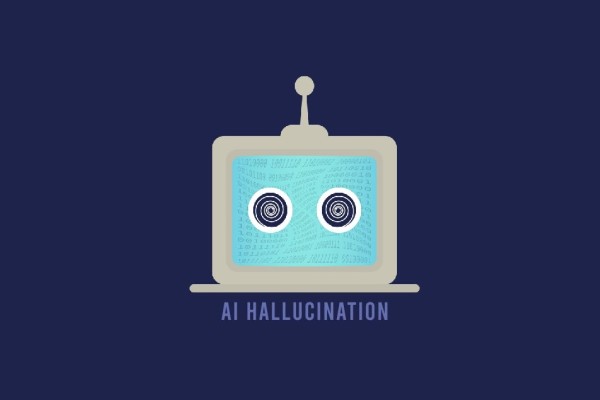Hallucinations are getting worse, despite AI growing more powerful
05/05/2025 | The New York Times
An article in The New York Times (£) explores the increasing issue of artificial intelligence (AI) hallucinations. Despite over two years since the introduction of ChatGPT and the widespread adoption of AI tools for various tasks, ensuring the accuracy of their output remains a challenge. The article highlights a concerning trend in which the newest and most sophisticated AI models, known as "reasoning systems" from companies like OpenAI, Google, and DeepSeek, are exhibiting a rise in errors, with their improved mathematical abilities paradoxically accompanied by a less reliable grasp on factual information. The underlying reasons for this are not fully understood. Tests have shown hallucination rates in newer AI systems reaching as high as 79 per cent.
£ - This article requires a subscription.

What is this page?
You are reading a summary article on the Privacy Newsfeed, a free resource for DPOs and other professionals with privacy or data protection responsibilities helping them stay informed of industry news all in one place. The information here is a brief snippet relating to a single piece of original content or several articles about a common topic or thread. The main contributor is listed in the top left-hand corner, just beneath the article title.
The Privacy Newsfeed monitors over 300 global publications, of which more than 6,250 summary articles have been posted to the online archive dating back to the beginning of 2020. A weekly roundup is available by email every Friday.

